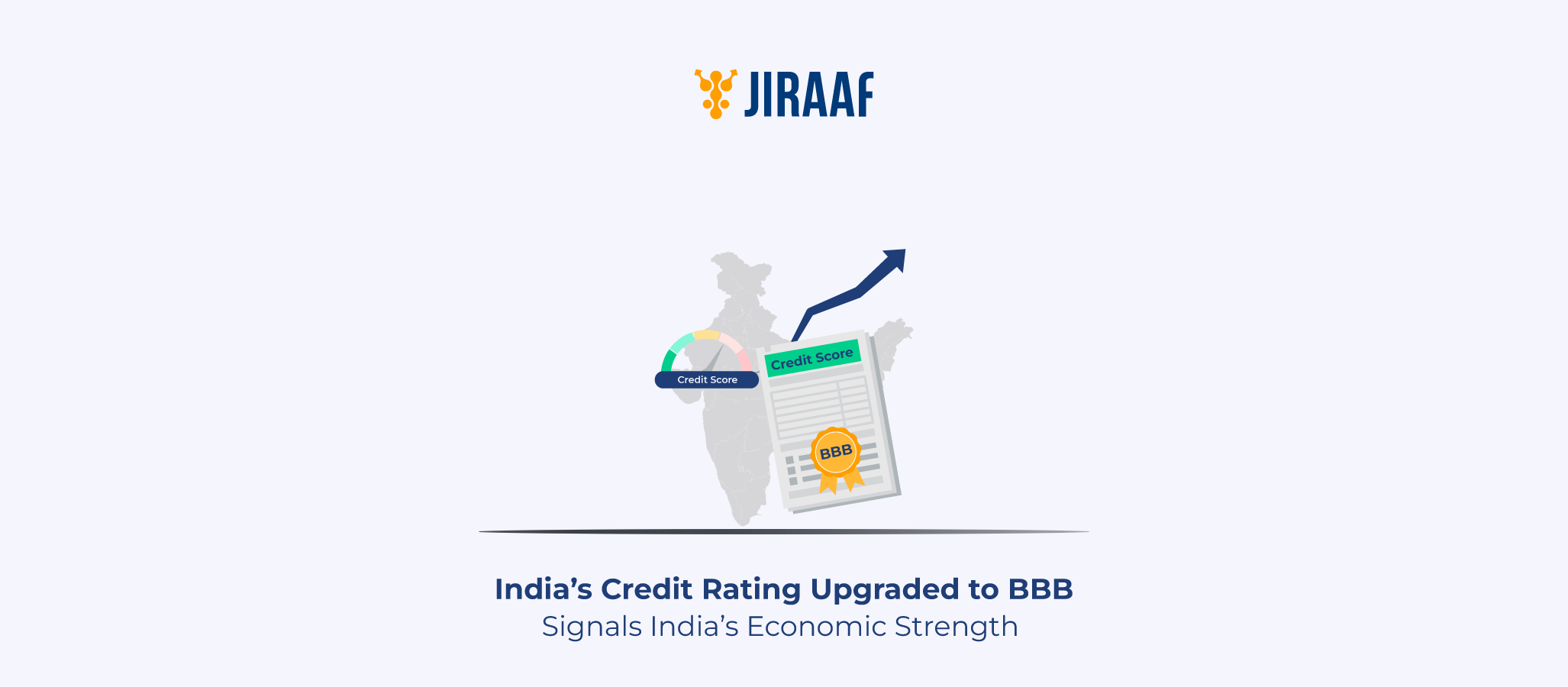You’ve probably heard the term “annuity” pop up while planning for retirement, or maybe your bank pitched one to you during a visit. But what exactly is an annuity? In the simplest terms, it’s a financial product designed to offer you a fixed and guaranteed stream of income, usually during your retirement years. Think of it as a reverse investment—rather than receiving returns on invested capital in a lump sum, you receive it in regular, periodic payouts.
With increasing life expectancy, a steady income post-retirement has become more important than ever. While tools like Employees’ Provident Fund (EPF), National Pension System (NPS), and Public Provident Fund (PPF) help you build a corpus, annuities help you draw down that corpus in a structured, secure way.
Let’s break down the types, benefits, taxation, mistakes to avoid, and everything in between in this guide.
What is an Annuity?
An annuity is a financial contract between an individual and an insurance company. The individual (annuitant) invests a lump sum or pays in installments. In return, the insurer agrees to pay a fixed or variable income starting immediately or at a future date.
Types of Annuities in India
There are several types of annuities tailored to different needs.
Immediate Annuity
- Lump sum invested; payouts begin immediately (usually the month following the investment).
- Ideal for retirees or those nearing retirement.
- Example: LIC’s Jeevan Akshay plan.
Deferred Annuity
- Income starts after a deferment period (say 5 or 10 years).
- Premiums are paid over time or in a lump sum.
- Offers accumulation and growth phases.
Fixed Annuity
- Pays a guaranteed amount at fixed intervals.
- Not affected by market performance.
- Great for conservative investors.
Variable Annuity
- Payouts depend on market-linked performance.
- Potential for higher income but involves risk.
- Suitable for financially savvy investors.
Life Annuity vs Period-certain Annuity
- Life Annuity: Pays until the annuitant’s death.
- Period-certain: Pays for a fixed duration (say 10 or 20 years), even if the annuitant passes away.
Key Features of Annuities
| Feature | Description |
| Guaranteed Payout | Regular income for a lifetime or a chosen term |
| Single/Joint Life | Coverage for a single spouse or both spouses |
| Return of Purchase Price | Option to return principal after death (This depends on the plan; not all annuities offer this.) |
| Payment Frequency | Monthly, quarterly, half-yearly, annually |
| Customization | Add-on riders like inflation protection are available (Inflation protection options are limited and usually come at an additional cost) |
Annuities serve a unique purpose. They do not grow wealth significantly; they distribute it safely.
Benefits of Buying an Annuity Plan
Stable Post-retirement Income
It removes the stress of outliving your savings.
Guaranteed Returns
Unlike mutual funds or stocks, annuities offer predictable cash flow.
Simplicity
Once you invest, the income starts based on your plan; no fund management is needed.
Optional Riders
Plans with return of purchase price or joint payouts increase long-term value.
Customizable Terms
You can choose the payout schedule, frequency, and duration based on your lifestyle needs.
Annuity vs Pension Plans: What’s the Difference?
| Feature | Pension Plan | Annuity |
| Objective | Build a retirement corpus | Disburse income from corpus |
| Investment Phase | Active (during career) | Passive (after retirement) |
| Returns | Market-linked or fixed | Fixed or variable payouts |
| Example | NPS | LIC Jeevan Akshay |
Note: Most pension plans eventually convert into annuity products at retirement.
Taxation of Annuities in India
Purchase Phase
- No tax deduction is available on annuity purchase, except if it is from a pension corpus like NPS.
Payout Phase
- Annuity income is taxable under ‘Income from Other Sources’.
- Taxed at the individual’s applicable slab rate.
- There is currently no TDS exemption threshold on annuity payments by insurers as per the latest IRDAI/TDS guidelines.
Who Should Consider Buying an Annuity?
- Retirees without a pension.
- People with a large corpus (like VRS payouts, inheritance).
- Risk-averse individuals seeking predictable cash flow.
- Those who want to secure income for dependents via joint annuity.
Factors to Consider Before Buying an Annuity
- Inflation: Standard annuities don’t grow with inflation. Consider inflation-linked annuities. (Inflation-linked annuities are relatively rare in India but available with some insurers.)
- Surrender Clauses: Most plans don’t allow early exit.
- Return of Premium: Offers legacy value but lowers monthly payout.
- Claim Settlement Ratio: Stick to high-reputation insurers.
- Comparison: Always compare 2–3 annuity plans before investing.
Common Mistakes to Avoid with Annuities
| Mistake | Impact | Solution |
| Not accounting for inflation | Reduces real income | Choose inflation-linked annuity |
| Buying too early | Lock-in affects flexibility | Align with retirement goals |
| Not comparing plans | Lower income | Use online comparison tools |
| Choosing lowest premium plan | May miss out on riders or return of premium | Balance features with returns |
Do’s and Don’ts When Buying an Annuity
| Do’s | Don’ts |
| Understand your retirement needs | Don’t invest your entire retirement fund |
| Choose payout frequency carefully | Don’t ignore inflation impact |
| Read terms and conditions | Don’t rush the decision |
| Explore return of premium options | Don’t skip comparing insurers |
Last Thoughts
Annuities may not give you double-digit returns, but they bring something far more valuable: certainty. When you’re retired and want to focus on living well rather than worrying about market volatility, an annuity offers peace of mind.
Think of it as a safety net: use mutual funds and stocks to grow wealth but let annuities protect and distribute it smartly. Before investing, evaluate your expenses, inflation, dependents, and financial goals. And if in doubt, consult a financial advisor who can guide you based on your retirement horizon.









